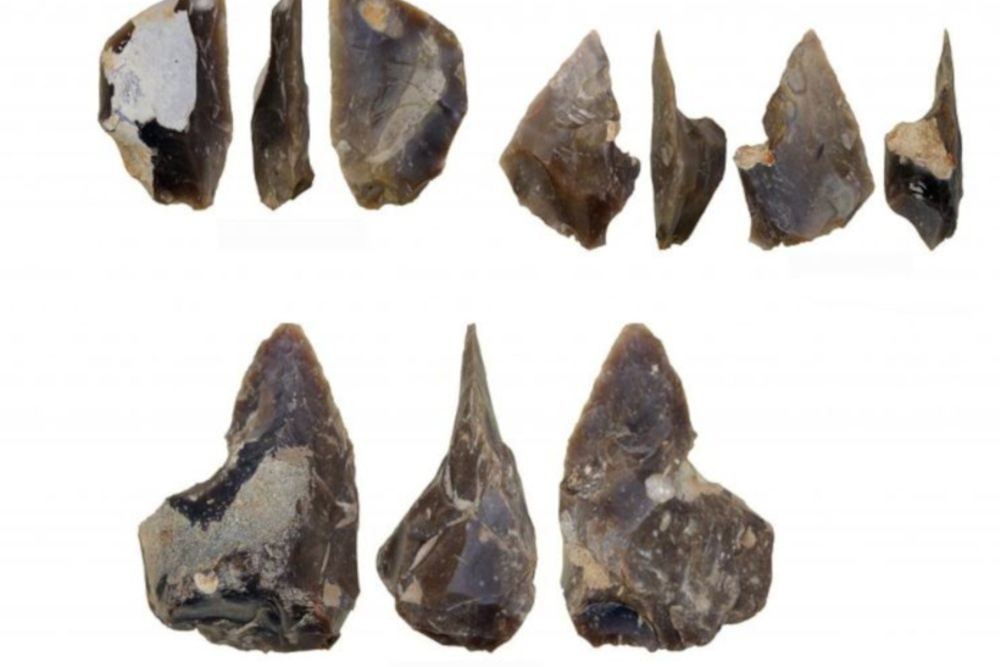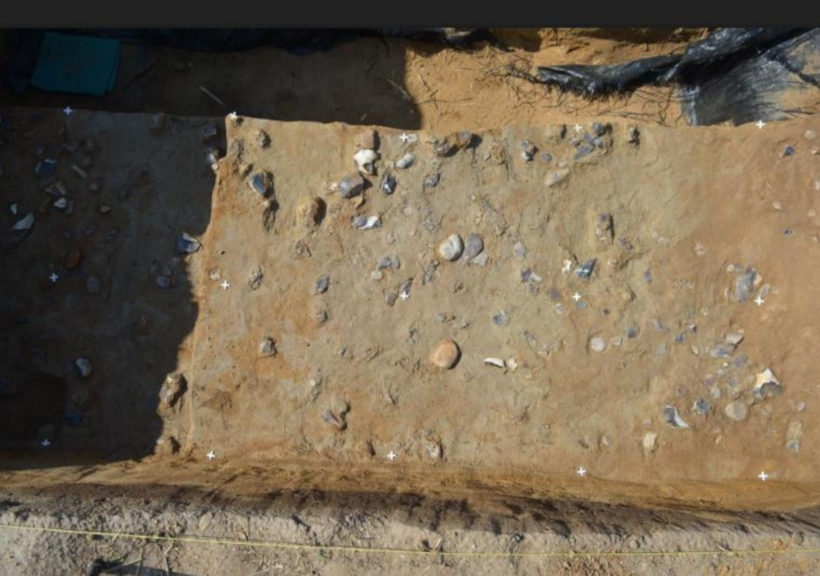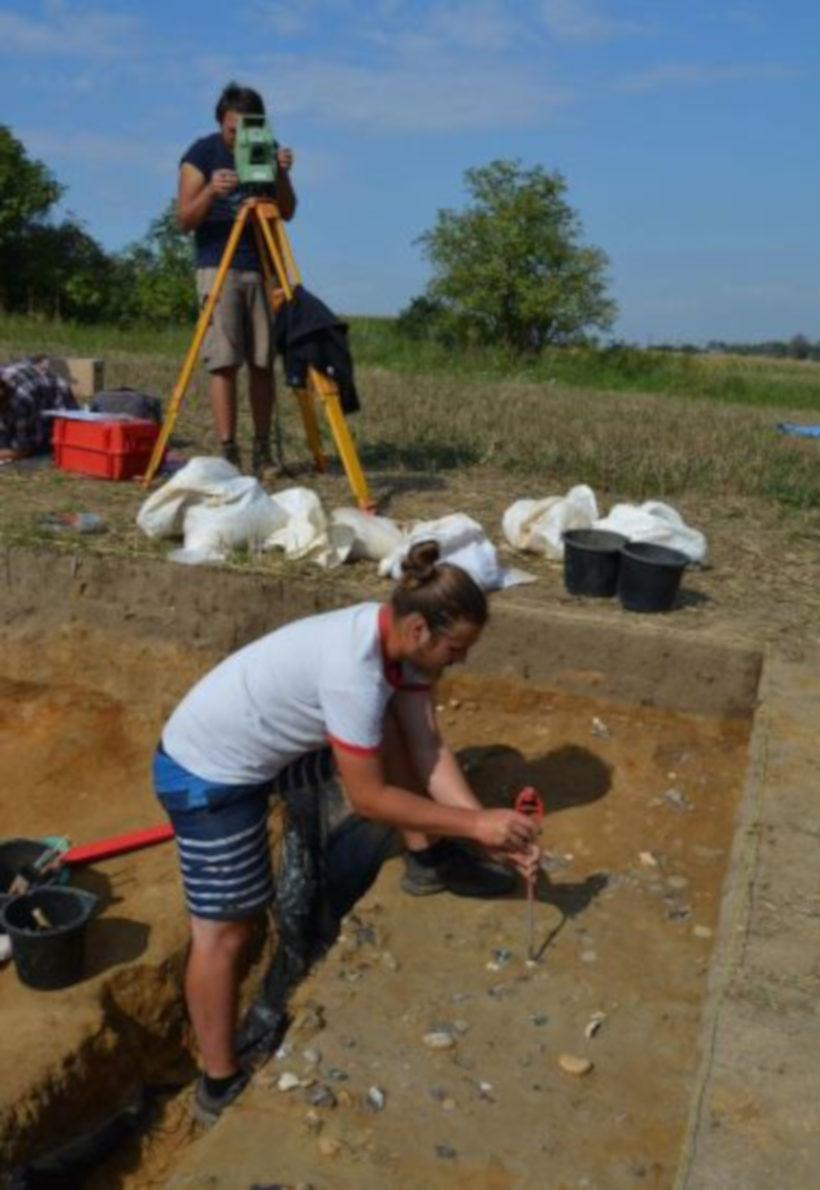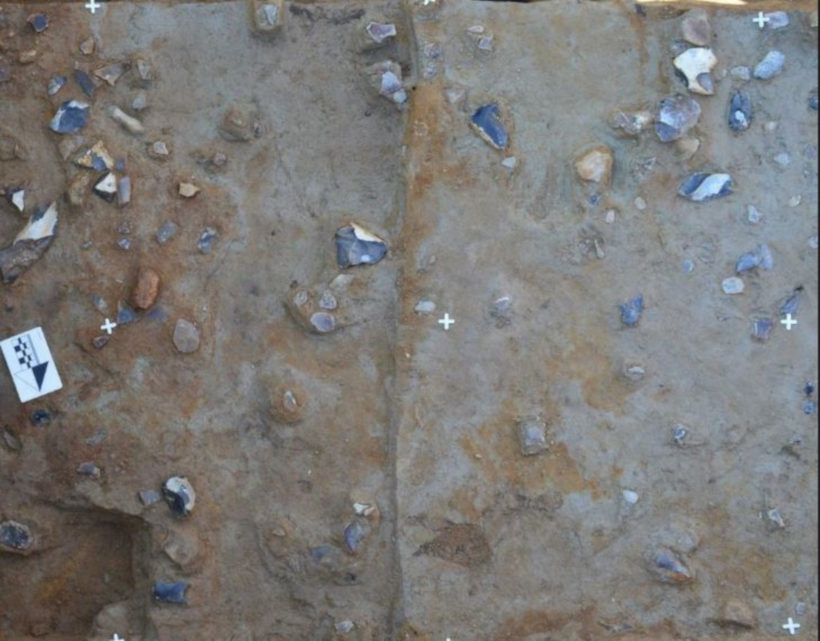
The discovery, which adds to scientists' understanding of these earlier humans and challenges ideas about how they lived, was made on a riverbank in the village of Pietraszyn in Silesia, in southern Poland.
The archaeologists found a huge number of objects made out of flint - perhaps 17,000 - which they believe to have been left there 60,000 years ago by Neanderthals.
According to Dr Andrzej Wiśniewski of the University of Wrocław's Archaeology Institute, who has been involved in excavations in Pietraszyn since last year with other archeologists, this is the first workshop of this size to be found in Central Europe, excluding those in caves.

"The finds from Pietraszyn completely defy the old vision of the use of open areas by Neanderthals. It seems that a certain community stayed longer in this place, as shown by the large number of artefacts discovered," said Wiśniewski, adding that remains of mammoth bone, rhinoceros and horse bones were also found.
In this case, the archaeologists were able to reconstruct the whole tool-making process from start to finish, including which tools were made where.

For example, it appears that some of the tools were used to cut meat; animal remains were discovered beside them.
Homo Neanderthalensis, who lived in Europe and parts of Asia around 400,000-40,000 years ago, is our closest extinct human relative.

Although sometimes inaccurately portrayed as primitive, Neanderthals were capable and intelligent. Skilled hunters, they made their own tools and clothing.
Neanderthals are believed to have arrived in what is now Poland around 300,000 years ago. Tools over 200,000 years old have previously been found by the Vistula river that flows through the country.



Reader Comments
They're the modern stone age family"
I once found some obviously carved and used flints in a river in the midwest. One was a scraper with three finger slits for a smallish hand.
R.C.